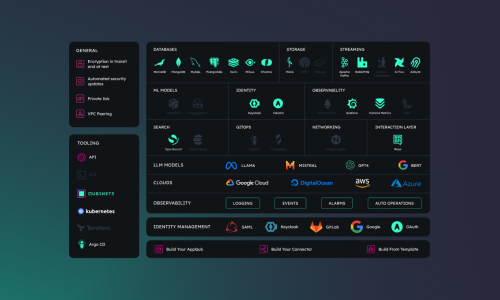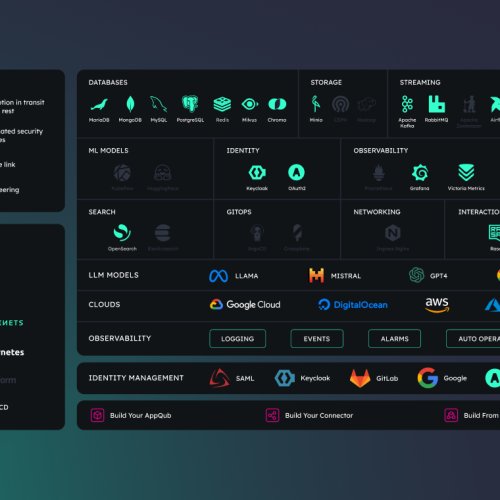A week ago, Google unveiled its new AI model Gemini 1.0 with a fake demo video. The demo showed simulated video interactions where Gemini allegedly responded to video requests, but in reality, it received photos and descriptions of text. User requirements and outputs were original, but they were also previously selected and edited for the purposes of the demo, potentially concealing all limitations or errors.
As for the output changes, the right time Gemini needed to generate answers was significantly longer than the demonstration shown, creating a fraudulent impression of faster processing. Furthermore, the detailed answers produced by Gemini were significantly shortened for the presentation, according to information shared by TechCrunch.
These modifications have resulted in the wrong representation of Gemini’s true capabilities, giving the illusion of real -time video interaction and faster processing than it really possesses. Although the intention may have been to make a more attractive and more precise presentation, it eventually raised concerns about transparency and reduced the accuracy of the demonstration.
- Drawing presentation: Although presented as real -time interaction with a drawing, Gemini actually worked with pre -selected images and descriptions.
- Answering a question presentation: The demo has shown that Gemini answers complex questions with impressive accuracy, but the actual response time and potential errors were shortened by editing.
Gemini 1.0 comes with three versions
All versions of this model are not yet available to the public. The three versions that come in Gemini 1.0 are:
- Gemini Pro
- Gemini Ultra
- Gemini Nano
The Gemini Pro version is currently integrated into Bard, while the Gemini Ultra version is scheduled for early next year.
On December 13 this year, Google AI Studio and Google Cloud Vertex will make the API for the Gemini Pro version available for developers who want to integrate this model into their applications.

Gemini Ultra
This version is the most powerful version of the Gemini 1.0 model and is designed to solve the most complex tasks, such as mathematical problems, coding and the like.
Gemini Pro
This version covers the widest task of tasks, currently integrated into the chat bot storm
Gemini Nano
This version is the most efficient version for phones, it will be available on Android phones. It is already available to Pixel 8 Pro.

Why is Gemini 1.0 different from others?
Unlike unimodal AI models, which have the ability to process input instructions of only one type (eg text) and generate output result of one type, this new multimodal Google model has the ability to process input instructions of multiple types, such as text, pictures, videos, code, audio and video. In addition, it can generate output result based on the input instructions of different type. This makes this multimodal model more practical for solving real – world problems, where entry data is often of a different type.
Examples:
- Picture of math homework, the model understands the task and responds depending on whether the task is correct or not
- Graph image, the model analyzes, then, drawing comparisons from numerous research papers, the model makes a thorough analysis and updates the graph accordingly.
What is the difference between LLM and MMLU?
Although LLM (LARGE LANGUAGE MODEL) and MMLU (Massive Multitask Language Understanding) mark significant progress in the field of intelligence, they have different approaches to understanding, collecting and solving tasks.
The focus of LLM is aimed at understanding and generating the language for general purpose. These models are intended for large amounts of text data, with the opportunity to generate text, translate and answer questions. Their main goal is to develop models, capable of communicating and generating human quality text, with the potential to help activities such as writing, research and education.
On the other hand, MMLU is characterized by a form of processing a particular task through several different data inputs. The purpose of these models is to point out the strengths and weaknesses of LLM, moving towards a more comprehensive and generalized understanding of the language.
MMLU model, Gemini 1.0 is probably the main competitor to the LLM model GPT-4, and, according to the comparison available on the Deepmind Google website, Gemini 1.0 is as better than the Openai, GPT-4 model.


For more information about Gemini 1.0, check the following websites:
DeepMind Gemini: https://deepmind.google/technologies/gemini/
Google Gemini: https://www.wired.com/story/google-gemini-generative-ai-boom/
Google announces OpenAI competitor Gemini 1.0: https://m.youtube.com/watch?v=dVsiusLQy5Q














Google’s new AI model, Gemini 1.0, marks an exciting step in artificial intelligence. Despite the initial presentation’s limitations, the model’s capabilities, particularly in processing different types of data like text, images, and videos, are impressive.
Gemini 1.0 stands out with its three versions – Pro, Ultra, and Nano – each tailored for specific applications, from powerful computational tasks to efficient mobile use. This versatility shows Google’s intent to integrate AI across various platforms.
The model’s multimodal approach, which enables handling multiple data forms, is particularly noteworthy. It suggests a more comprehensive way of understanding and solving real-world problems.
In the evolving landscape of AI, models like Gemini 1.0, with their unique strengths, contribute significantly to our understanding of artificial intelligence. For those keen on exploring more about Gemini 1.0, the provided links offer insightful resources.